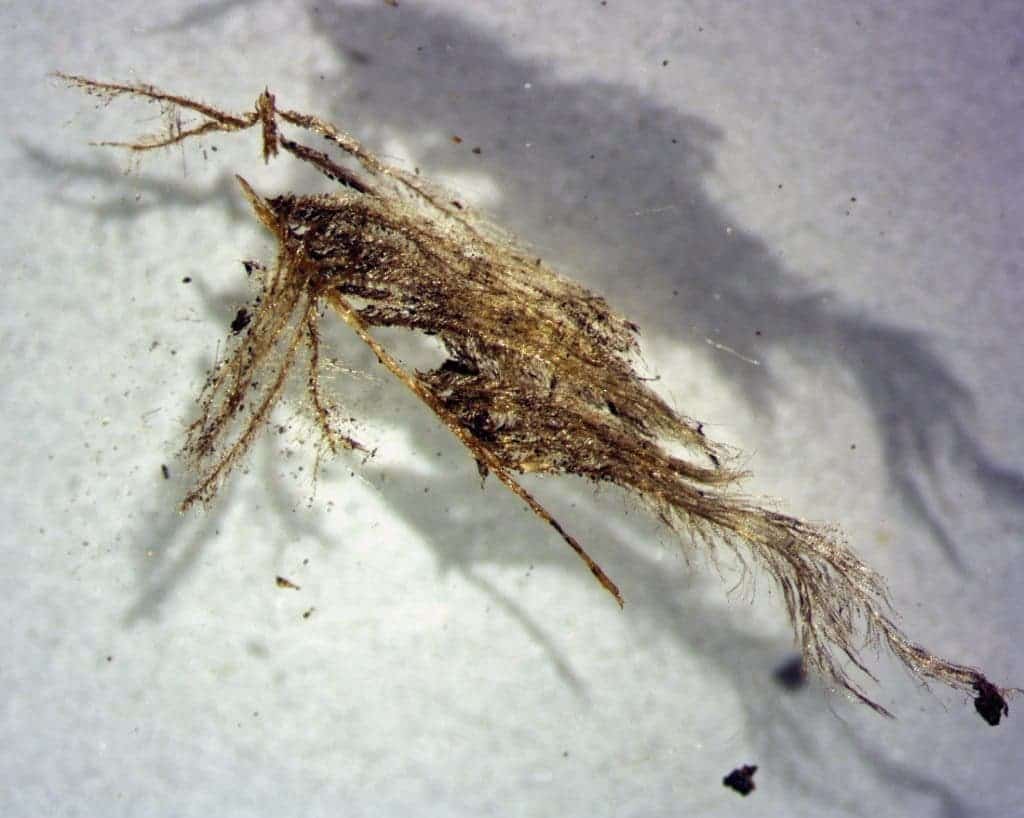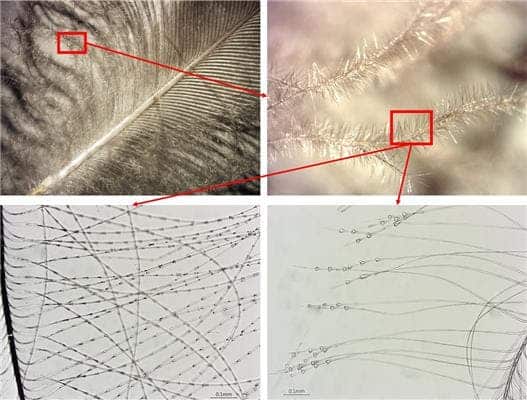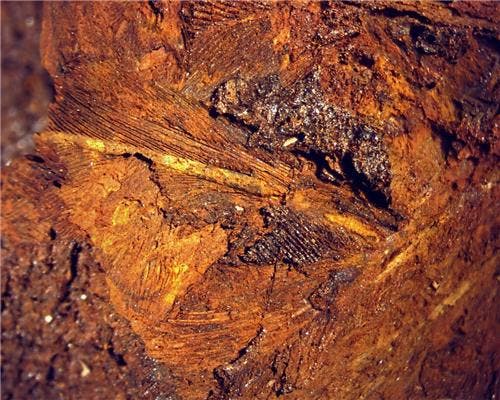Have you ever wondered what Vikings put in their pillows? Or, a more likely question, have you ever wondered what’s in your pillows? The odds are, if it’s not synthetic, it’s probably feathers from domestic geese or ducks. Well, Vikings also used pillows, and they also filled them with feathers — but the feathers didn’t come from a goose or a duck.
“Eagle-owls,” says Jørgen Rosvold, a postdoctoral fellow in the Department of Archaeology and Cultural History at the Norwegian University of Science and Technology (NTNU) University Museum.

When I first started going out and photographing birds a couple of years ago, I was advised to look for general traits — the shape of the body, the overall flight patterns, the size, those are all important cues. Things like color can be very deceiving. The same color can look different on a sunny and on a cloudy day, and bird colors often play games even on trained eyes. Telling apart a bird by its feathers can be quite tricky, but telling them apart by a single feather? To me, it seems like a pipe dream, but to Rosvold, it’s just another day.
Rosvold is part of a project from the Norwegian University of Science and Technology which aims to develop methods to identify small bits of feather residue. It’s not always possible to tell what species the feather came from, especially if the feather is a few hundreds of years old.
“Sometimes all you can say for sure is that a feather comes from a duck,” says Rosvold — but not which kind of duck.
“It depends on how well preserved the feather is, the kind of feather and whether the species has close relatives,” he says.

Some feathers (most downy parts of feathers) can be quite telling, allowing a clear identification of its previous owners. But sometimes, things are much more difficult, especially when differences between species are subtle.
“In some cases, if we’re unable to identify a feather beyond the family level with microscopes, we can make more headway using DNA analyses. The analyses are easier when we’ve narrowed down the range of possible birds,” says Rosvold.
An intriguing application of this study is studying the relationship early Vikings had to birds. He analyzed a pillow from a Viking grave dating from 1,200 years ago, and you can still see pigmentation in some of these feathers, as well as some distinctive features. For instance, game birds are recognizable by the rings around their barbules, while duck feathers have distinctive triangular growths. The earlier usage of pillow feathers comes from the year 570 and through the Viking era, though there is evidence that elsewhere, Romans also stuffed their pillows with feathers.
Feathers haven’t only been found in pillows, they’ve also been found in a trove of other archaeological sites, including unlikely places, such as embedded in a sword.

But unlike today’s pillows, these ancient ones didn’t have feathers from ducks or geese. Instead, Rosvold found feathers from Europe’s largest owl. This can help archaeologists better understand the relationship between these people and the birds. For instance, we know that they were farming eider (large sea ducks) in central Norway, but we don’t know when they started doing so. We also don’t know exactly how this farming went, but we do know that Vikings built nesting boxes and protect the ducks, and harvested large amounts of feathers from them.
“The cooperation goes way back in time. We’ve found a few eider feathers, but also a lot of assorted feathers,” says Rosvold.
Lastly, knowing how to identify bird feathers could not only be helpful for historians but also to solve crimes or save lives, such as for investigators who need to collect evidence. Analyzing feathers from impact with planes or vehicles could also help engineers improve designs to withstand such unfortunate crashes.
It’s remarkable how much detail lies in these microscopic bits of feathers — and how much help they can provide, from Viking pillows to plane designs.






